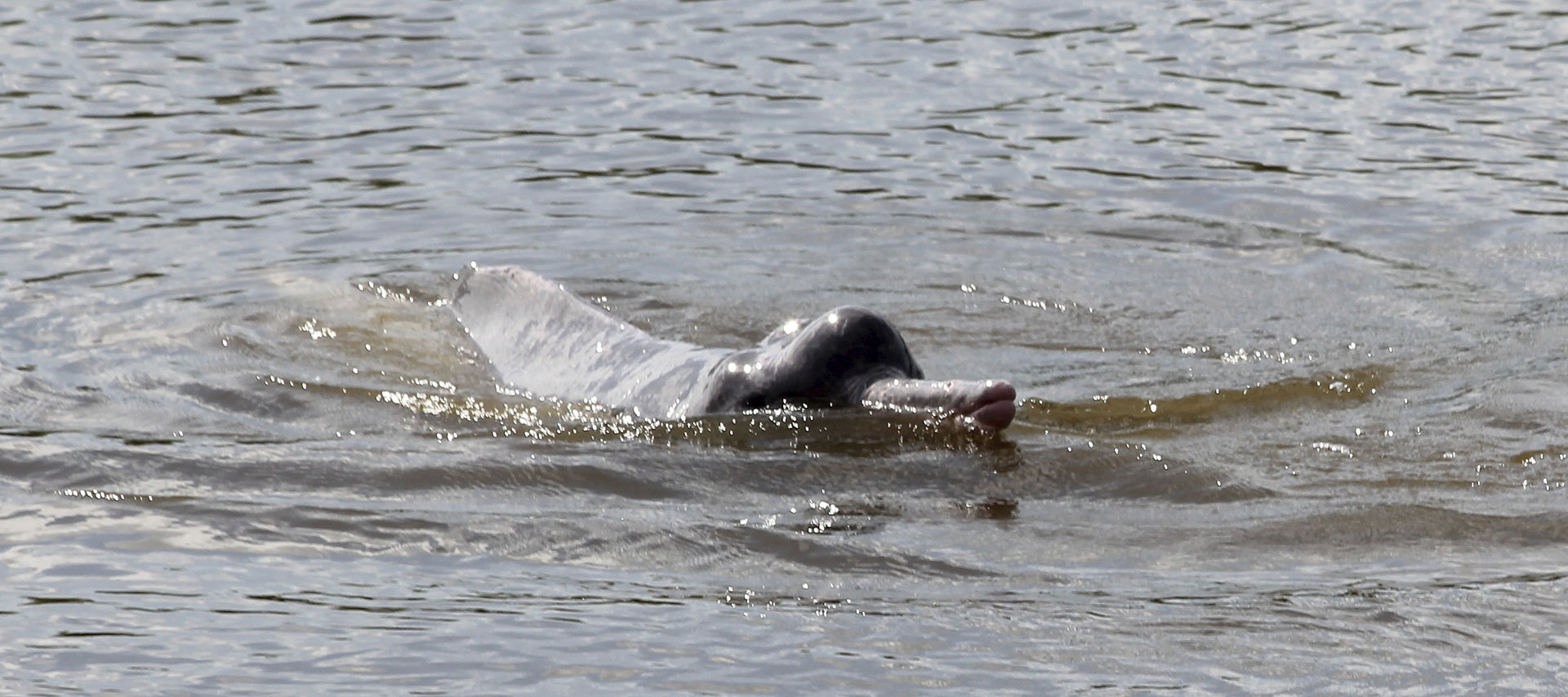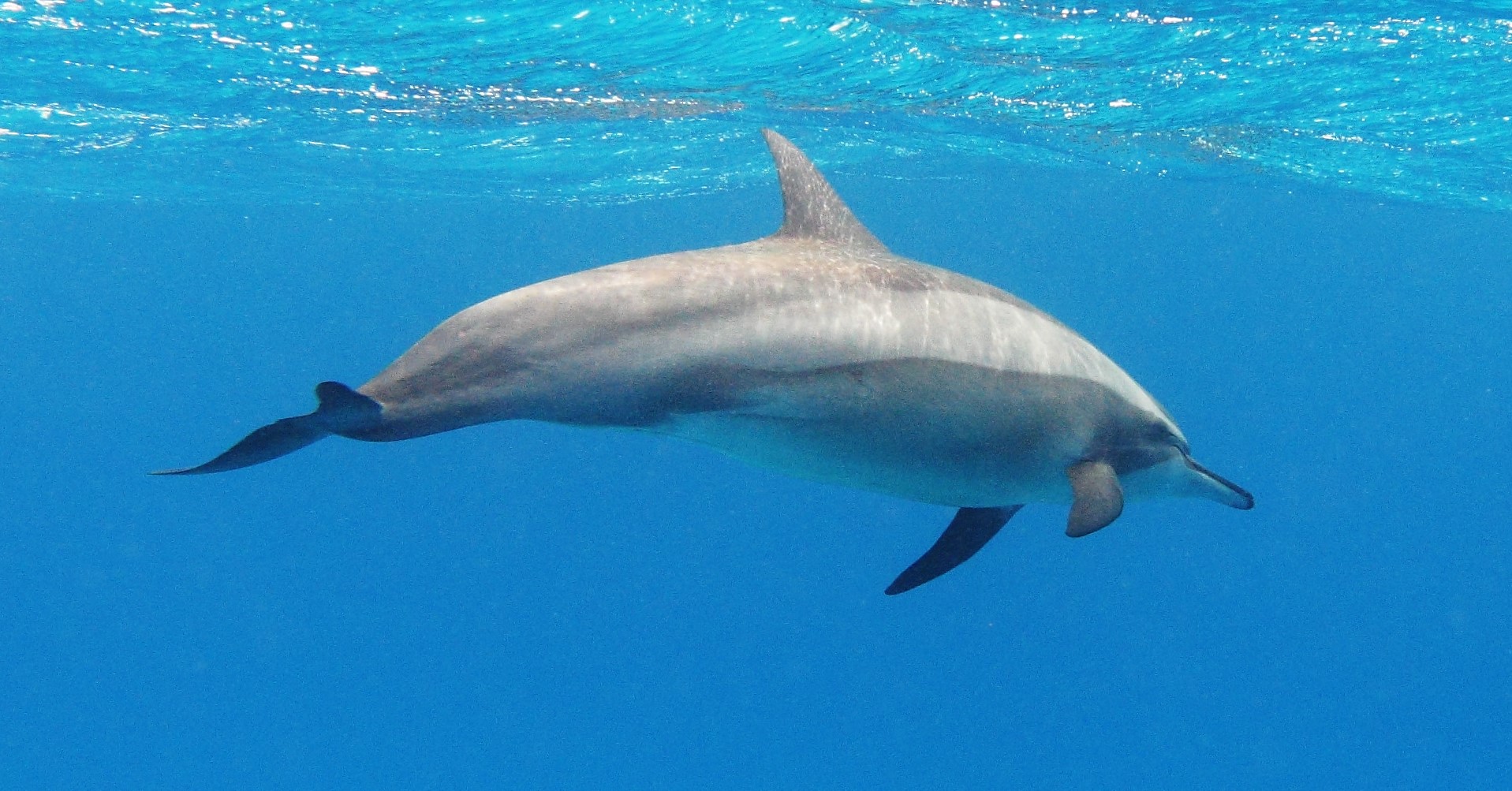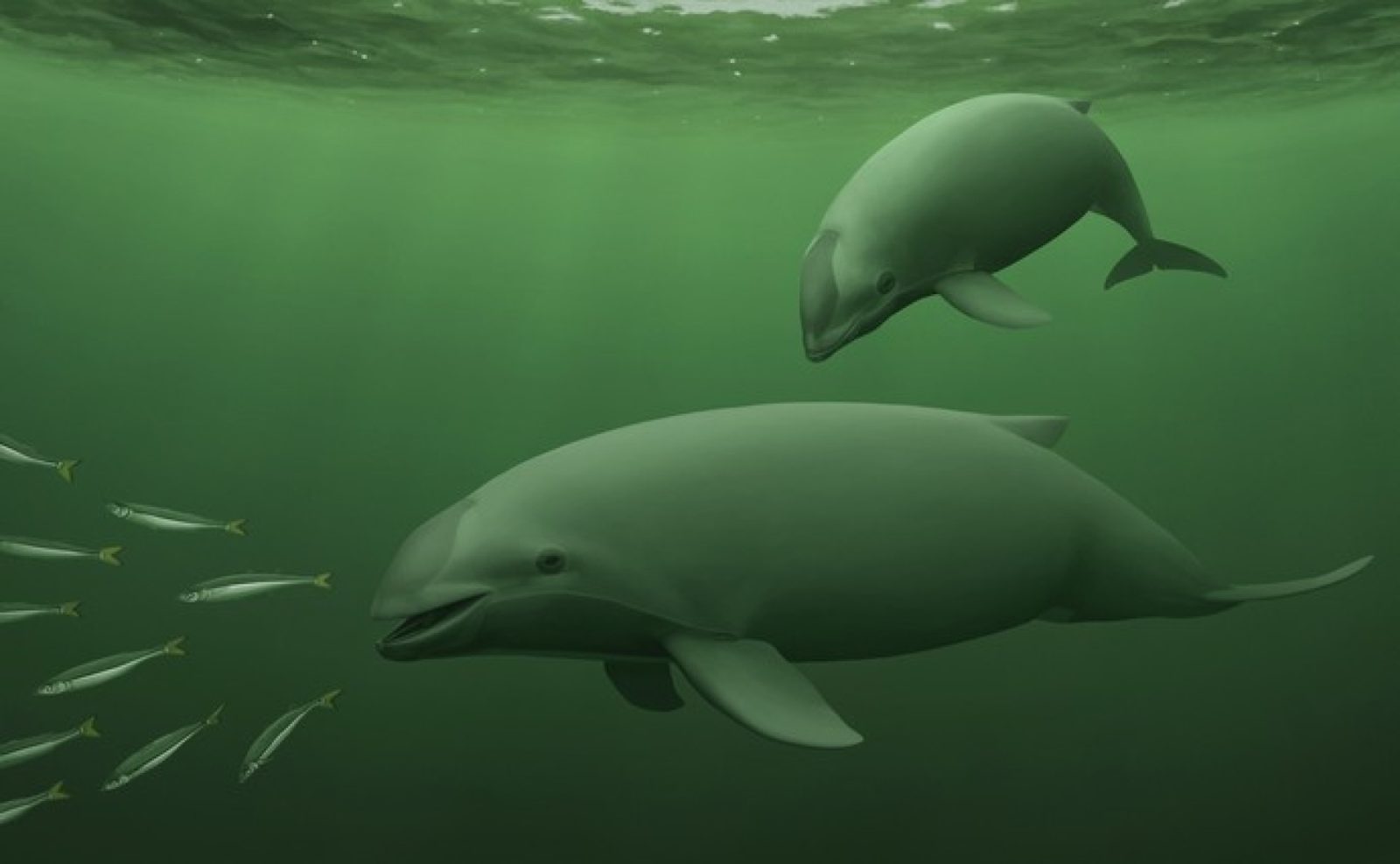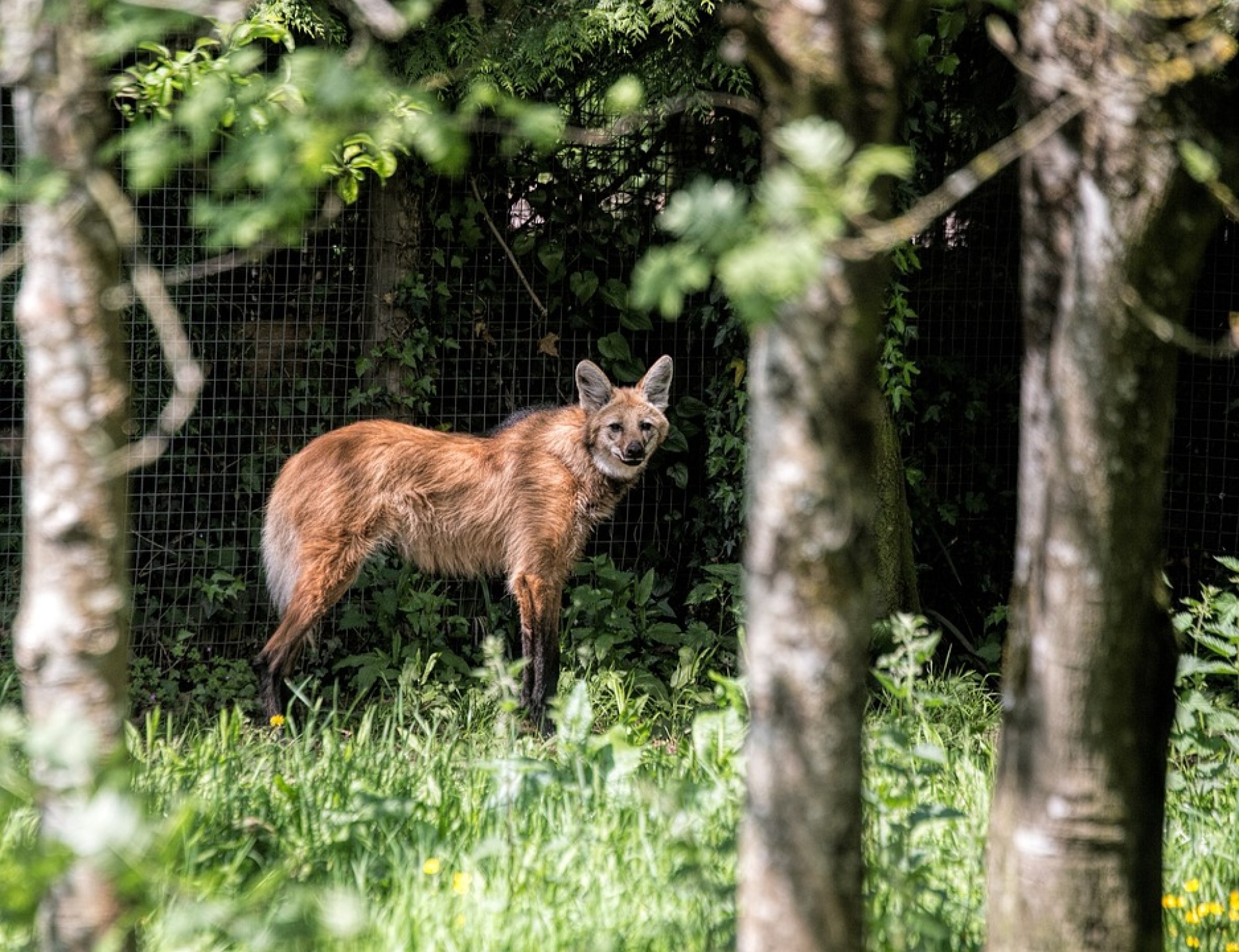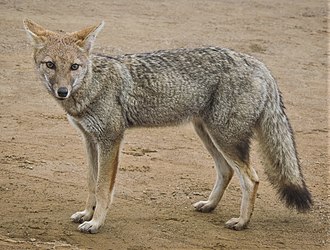
Given our assumption that on male dominance, it is perhaps surprising, that only 58% of primate species have dominant males. Perhaps not surprising, as a result, every major primate group had at least one species which was female (or co-dominant) structures.
Indeed, with the gibbons (or lesser apes on this website, to check them out, click here to visit the home page, and then expand the species database, and click on lesser apes) all 5 species examined (there are a total of 20) have been classed as non-male dominant.
Amongst primates, this likelihood is (according to Lewis, the head of the study) relatively easily predicted, as tends to occur in the species, where there is little difference between the size of male and female members.
An example here, is clear: while a male gorilla can weigh twice that of a female, siamang gibbons only have males a couple of kg heavier than females – not surprisingly, while male gorillas are dominant, this is not the case with siamang gibbons.
It should be noted, therefore, that while 4 out the 5 species of great apes are male dominated (we assume this in humans as well, though, in the modern day, it would be hard to argue that we are not more of a co dominant species. Given that likely all the lesser apes (the gibbons) are more or less co-dominant, it follows, that even just looking at the apes, more are female dominant or co-dominant.
Continue reading “Male dominance is perhaps less the default than thought amongst primates, a new study has found”
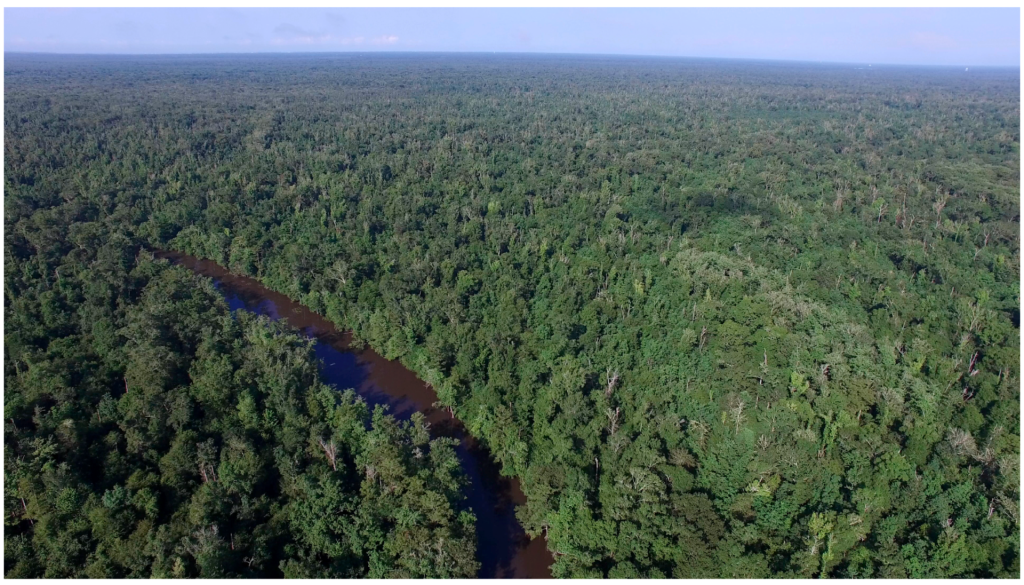
 Found in the West Indies, northern South America (including the Galápagos Islands) and the Yucatan Peninsula. It was considered cospecifc with the greater flamingo, but they are now recognized as separate species (it is also closely related to the Chilean flamingo).
Found in the West Indies, northern South America (including the Galápagos Islands) and the Yucatan Peninsula. It was considered cospecifc with the greater flamingo, but they are now recognized as separate species (it is also closely related to the Chilean flamingo).  of South America, it is in the same genus as the James Flamingo. Indeed, the Chilean Andea and James flamingo often share nesting sites and are relatively closely related.
of South America, it is in the same genus as the James Flamingo. Indeed, the Chilean Andea and James flamingo often share nesting sites and are relatively closely related. the American and greater flamingo, it is listed as near threatened in the wild with a wild population of about 200,000. Population declines are due to habitat loss and degradation, harvesting and
the American and greater flamingo, it is listed as near threatened in the wild with a wild population of about 200,000. Population declines are due to habitat loss and degradation, harvesting and 
